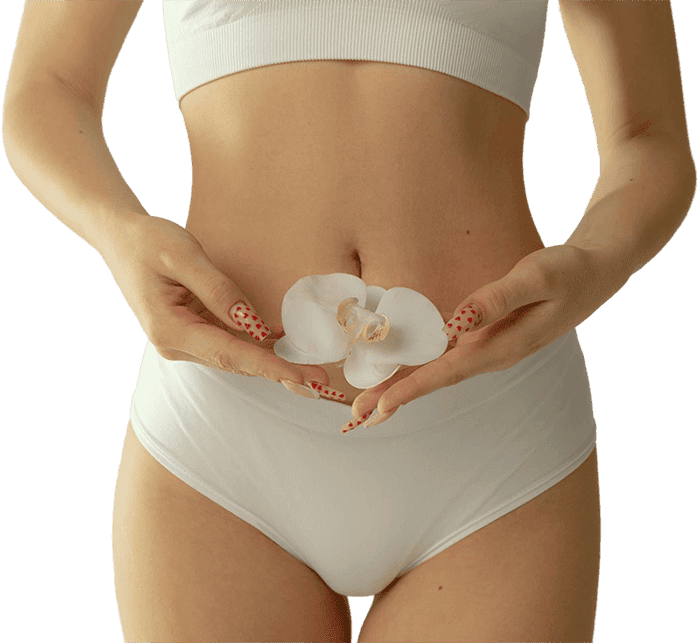
Tightening and rejuvenation with no surgery

Tightening and rejuvenation with no surgery






Medical Head & Gynecologist
MBBS, MS (Gynec), MBBS, MS, FRM (Germany), DNB, Diplomate & Fellowship in regenerative medicine
A gynecologist with 10+ years of experience and has completed her MBBS from the prestigious Madras Medical College and an MS in Gynecology. She is specializes in women’s wellness, combining medical expertise with an artistic approach to enhance women's health and aesthetics.

Amongst the most effective treatment for collagen remodelling

Injecting a cocktail of powerful active ingredients into the affected areas

With or without PPR for collagen and elastin production

With injections and CO2 laser treatment based on scar type

The appearance of C-section scars can vary widely among individuals due to several factors:

Pregnancy stretch marks, or striae gravidarum, are a common skin condition that occurs due to several factors:

Yes, both old C-section scars and stretch marks can be treated effectively:

CO2 laser treatment is a popular method for improving the appearance of scars and stretch marks:

Mesotherapy is a minimally invasive procedure that involves injecting substances into the mesoderm (the middle layer of skin):

Microneedling is an effective treatment option for improving both C-section scars and stretch marks:

Therapy harnesses your body’s own healing mechanisms:

A combination approach often yields superior results for treating scars and stretch marks:

The number of sessions required varies based on several factors:
As you can see in the above table the many benefits of laser hair reduction have led to the popularity of this technique across geographies.

Pain levels during treatment can vary based on individual tolerance:

Downtime varies depending on the type of treatment received:

While treatments significantly improve appearance, results may not be entirely permanent:

CO2 lasers are effective but not universally safe for all skin types:

Timing is crucial when considering cosmetic procedures post-C-section:

Safety during breastfeeding varies by treatment type:
Hear It from Our Happy Patients
After my C-section, the scar was very dark and uneven. I tried home remedies, but nothing worked properly. I finally visited Smart Surgeons, and I’m so glad I did! The doctor explained different treatments, and after a few sessions, the scar has faded a lot. It’s still there, but it looks so much better now. I feel so much more confident in dresses.

Stretch marks after pregnancy made me very conscious. I was scared to try any treatment, but here they use safe and modern methods. The team was so kind and patient with all my questions. I’ve done 3 sessions now, and the marks have become lighter. My tummy skin feels smoother too!

*"My C-section scar was very prominent, and I used to hide it under clothes all the time. After coming to Smart Surgeons, I felt very comfortable discussing my concerns. They suggested a combination treatment. It’s not magic, but I can see the difference! It’s definitely worth it."*

I didn’t think stretch marks would bother me so much after my second baby, but they really did. I read about Smart Surgeons online and decided to give it a try. The sessions have been easy, and I feel like I’ve got my confidence back. The stretch marks haven’t disappeared, but they are lighter, and my skin looks healthier overall.

*"My C-section scar was lumpy and very visible. I thought it would stay like that forever. But the treatment at Smart Surgeons really helped soften the scar and even out the color. The staff explained everything well and followed up to check how I was doing. It’s not 100% gone, but I’m happy with the result!"*

I never thought I’d go for a treatment for my stretch marks, but I wanted to try something after hearing about the new treatments here. The Smart Surgeons team didn’t promise instant results, which I liked. After the treatments, my skin tone looks more even, and the marks are way less noticeable. I’m really glad I did this for myself.

Smart Surgeons
1st Floor, Pattom - Kowdiar Road,
Above Indian Overseas Bank,
Marappalam, Thiruvananthapuram, Kerala-695003

